- Brought to you by the Laboratory of Geobiological Discovery -

Project 247 is a fictional narrative about the paleontologist of the Laboratory of Geobiological Discovery, Dr. K. Wong's research on the history of the land of California Institute of the Arts. Dr. K. Wong found more than 10 pieces of evidence which proves that at least 5 new species of dinosaurs might have existed on the island of Fire Valley. It is believed that there is a relationship between the forms and behaviors of these ancient animals and the nature of the 5 schools at CalArts (School of Dance; Art; Music; Film & Video; Theater). In conclusion of Dr. K. Wong's research, the creative spirit of CalArts have already been existing on this land since 200 million years ago.
Interactive Interface for Digital Screen
FIRE VALLEY
24700 McBean Parkway, Valencia, CA 91355. 200 Mya.
About 200 million years ago,
there was a rim of islands located about 160 miles west of the coast of North America in the Pacific Ocean.
One of the islands was called Valencia. It richly consisted the mineral Zincite as it holds the meaning of manifestation, energy, creativity and personal strength. Because of its vibrant red color, the island was also titled “Fire Valley”.
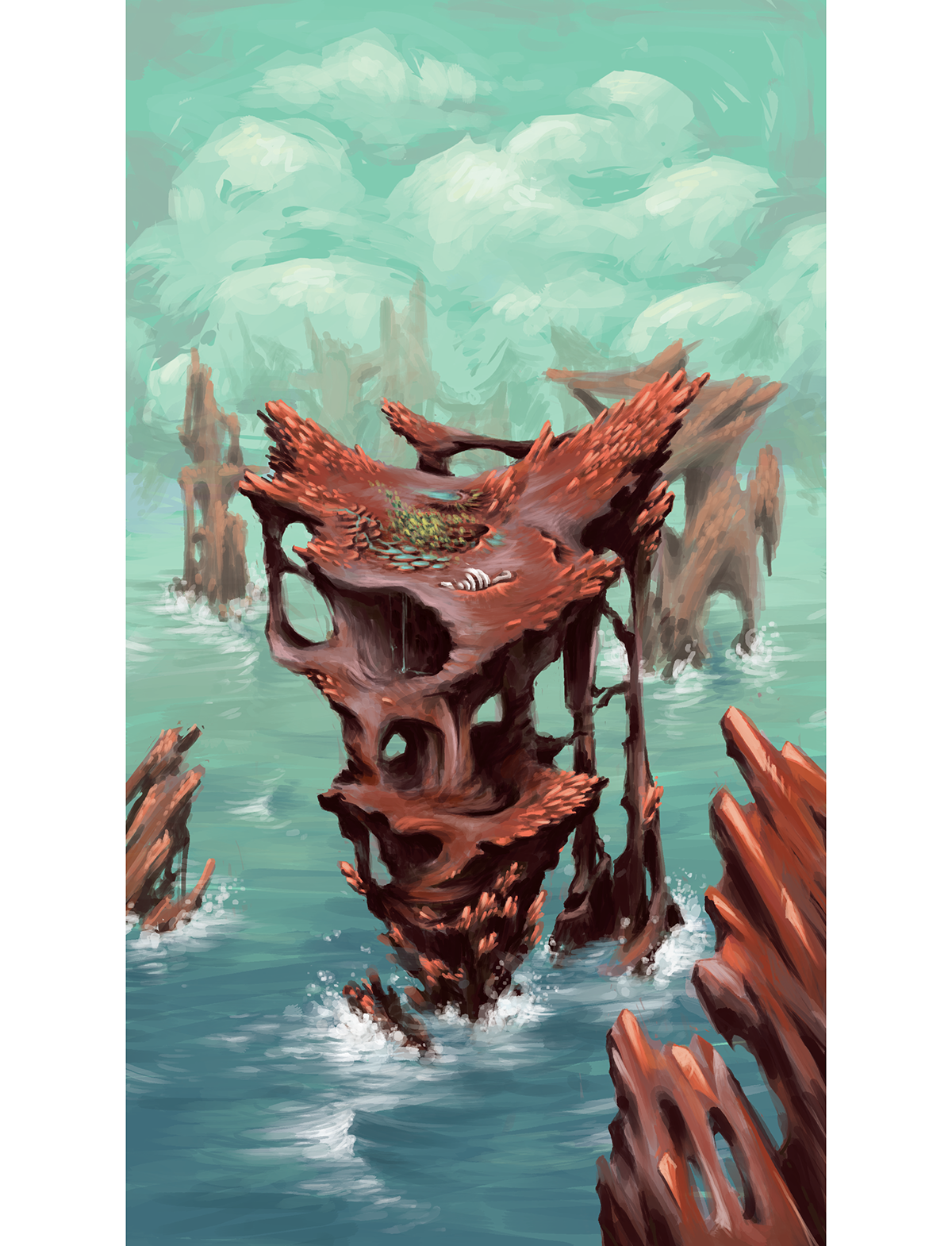

Choroskathodon probably flew by gliding but it could not take long-continued flights because of the heavy muscles of its thighs. It was able to leap from trees and high mountains; by setting its wings and tail. It could glide more successfully and
gracefully than the modern flying squirrel. Researchers suggested that Choroskathodons often roamed in groups of two or three and they would perform different glide path for entertainment.
Choroskathodon’s torso was fully armored and the neck could be stretched in need of catching fishes in the water.
This suggestion is supported by the elastic body tissue in between the vertebrae that have been preserved with the fossils.
Sketches and Notes by Dr. K. Wong | Graph of Glide Path


Pouliadimiourgus was a quiet nocturnal omnivore that wander individually or in small herds. Remains preserved in dry caves show that the head and most of the neck were naked, with a torso covered with thin and silky feathers. Besides the powerful
legs, it also had a pair of lanky arms with sharp claws that enabled it to perform various tasks, such as reaching in cracks of rocks for hidden collectibles.
Recent excavations seem to have discovered that Pouliadimiourgus’ habitat was always filled with materials from distant
locations. The materials were often found composited with each other in some strategic ways. Why their eggs were decorated
is still a mystery.
Artistic Interpretations by Lab Intern
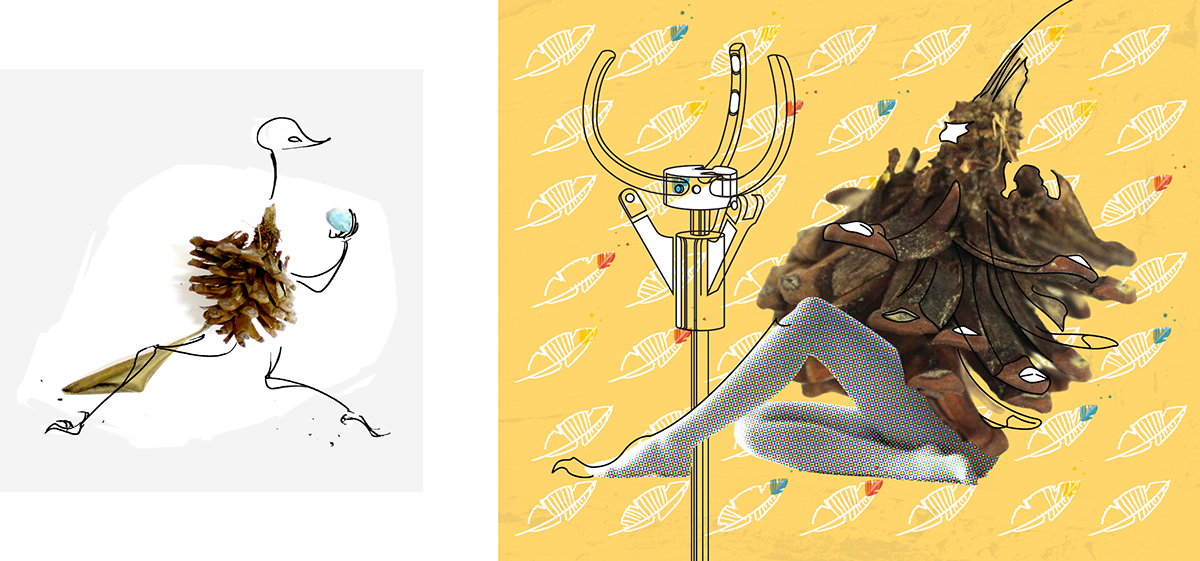

Ichosaurus was a harmless herbivore with five flexible toes on each forefoot and hooves behind. This genus is known for
its large, elaborate cranial crest, which at its largest forms multiple long curved tubes projecting upward and back to the skull.
Past explanations for the unique shape of the crest have proposed that it was served as a resonating chamber for making a variety of sounds.
To survive, Ichosaurus made annoying noises to shoo the predators away. Fossils were found near of the caves of Fire Valley which suggested some Ichosauruses might have intruded Pouliadimiourgus’ habitat but could not escape from the omnivores'
wrathful claws.
Excavation Site Near the Wild Beast at California Institute of the Arts


Ichosaurus' Skull


Fosathonia was an eel-shaped fish that possessed sharp teeth, powerful jaw, with uncountable mini limbs and a pair of elongated forearms. Its body was small but it dominated the underground lake of Fire Valley with its massive flock.
Their remains were usually found in deep water or even in shells which indicates their fear for natural light. However, recent discovery also found out the appearance of a microscopic substance behind the tail of each Fosathonia which suggests that they might be capable of illuminating artificial lights.
Pages from Dr. K. Wong’s Journal

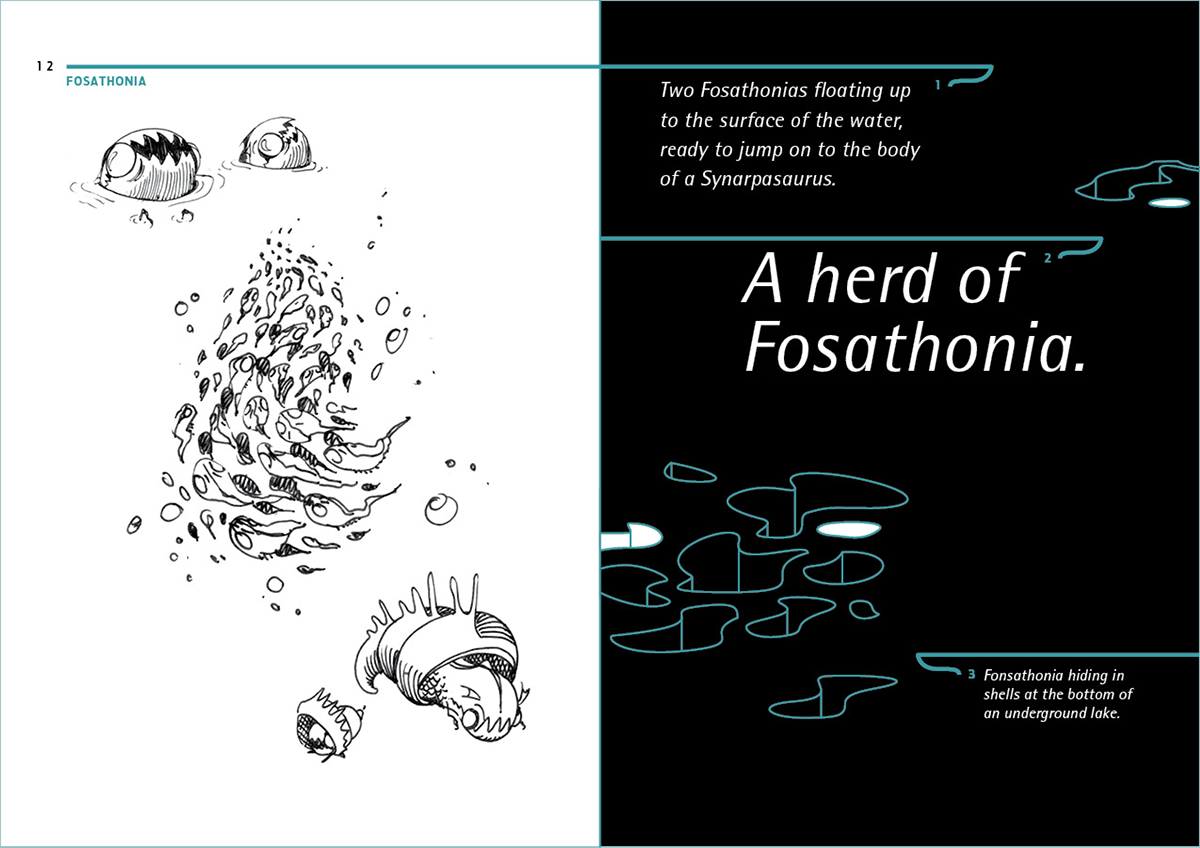

The most prominent feature of the glamorous carnivore Synarpasaurus was the ornamented “crown” on its forehead. The genus had color shifting skin for the purpose of attracting other species, camouflaging and mimicry.
It is believed that Synarpasaurus was a confident adventurer as its fossils were found all over the Fire Valley. Interesting enough, the fossils of Fosathonia were often present at similar locations, or even overlapping with the body of Synarpasaurus. Various theories have been proposed that Synarpasaurus and Fosathonia might have maintained a mutually-beneficial relationship.
Ulna of Synarpasaurus found by Gentleman Huck in March,1916 | Portrait of Gentleman Huck

Surveillance photo from the Santa Clarita River in September, 2016
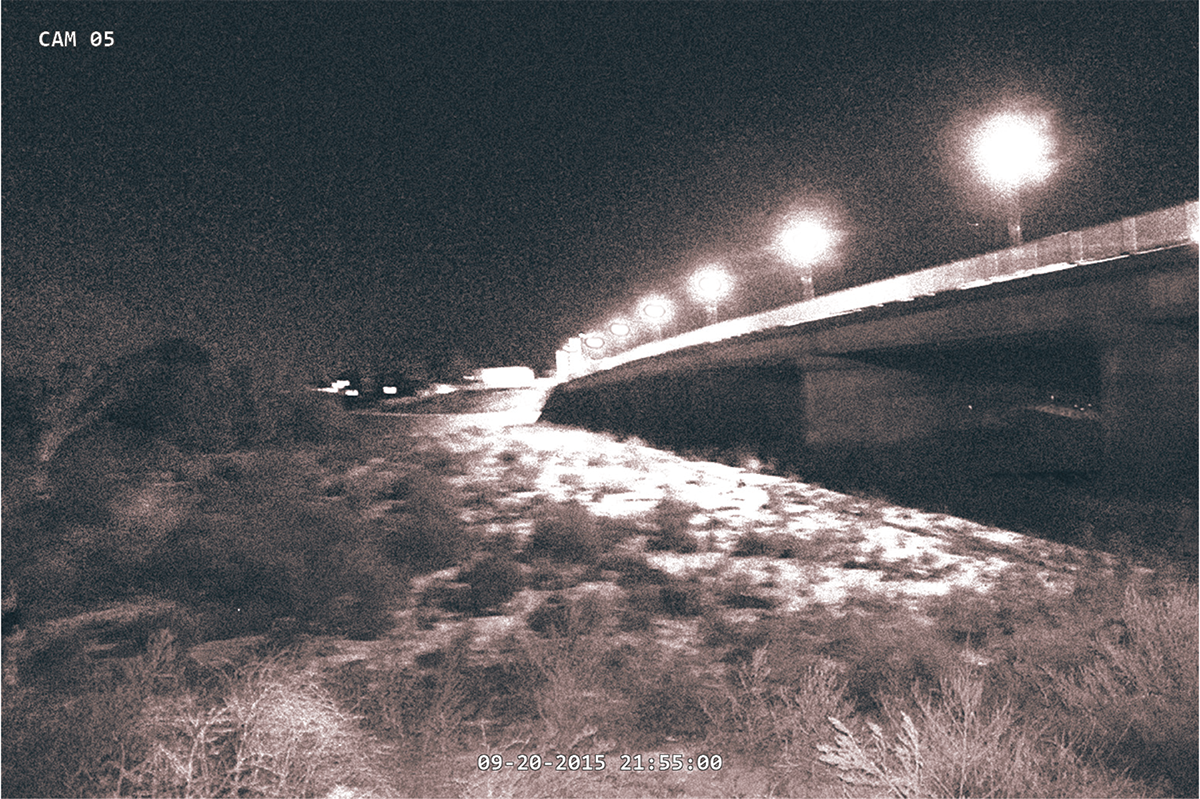
Harden Skin with Pigments
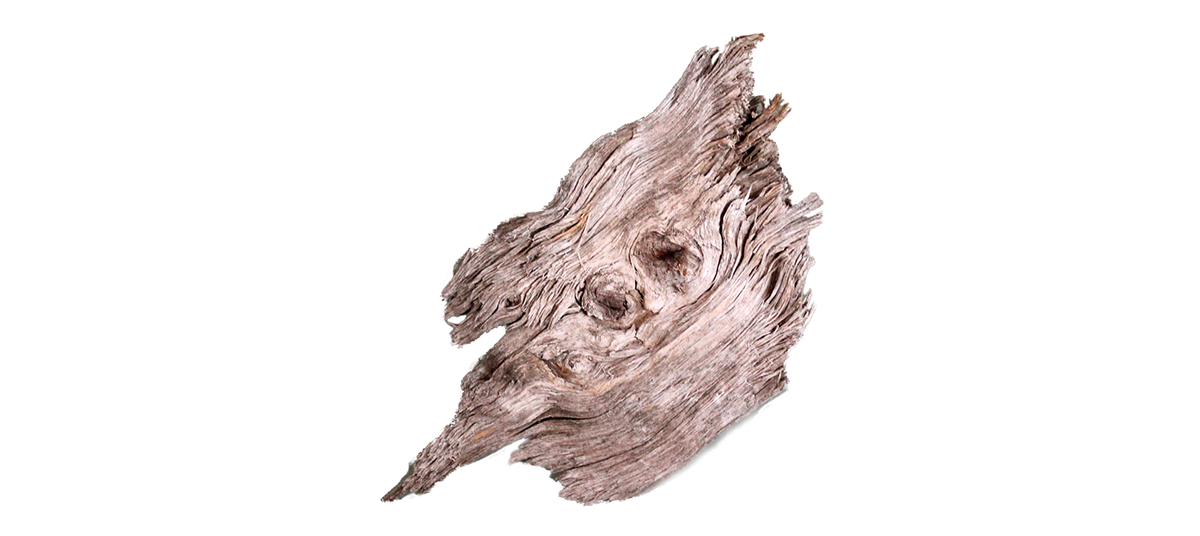
Sketches
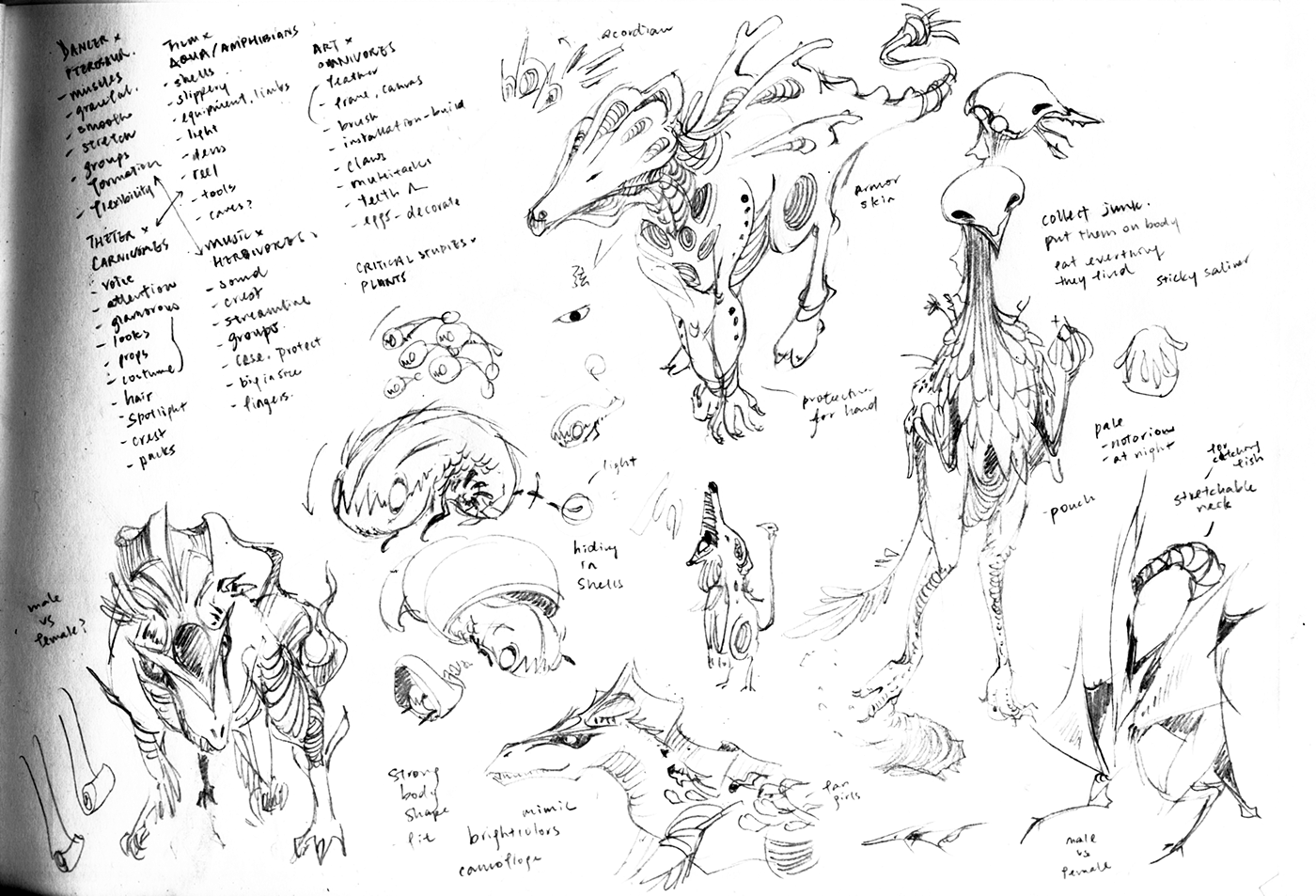
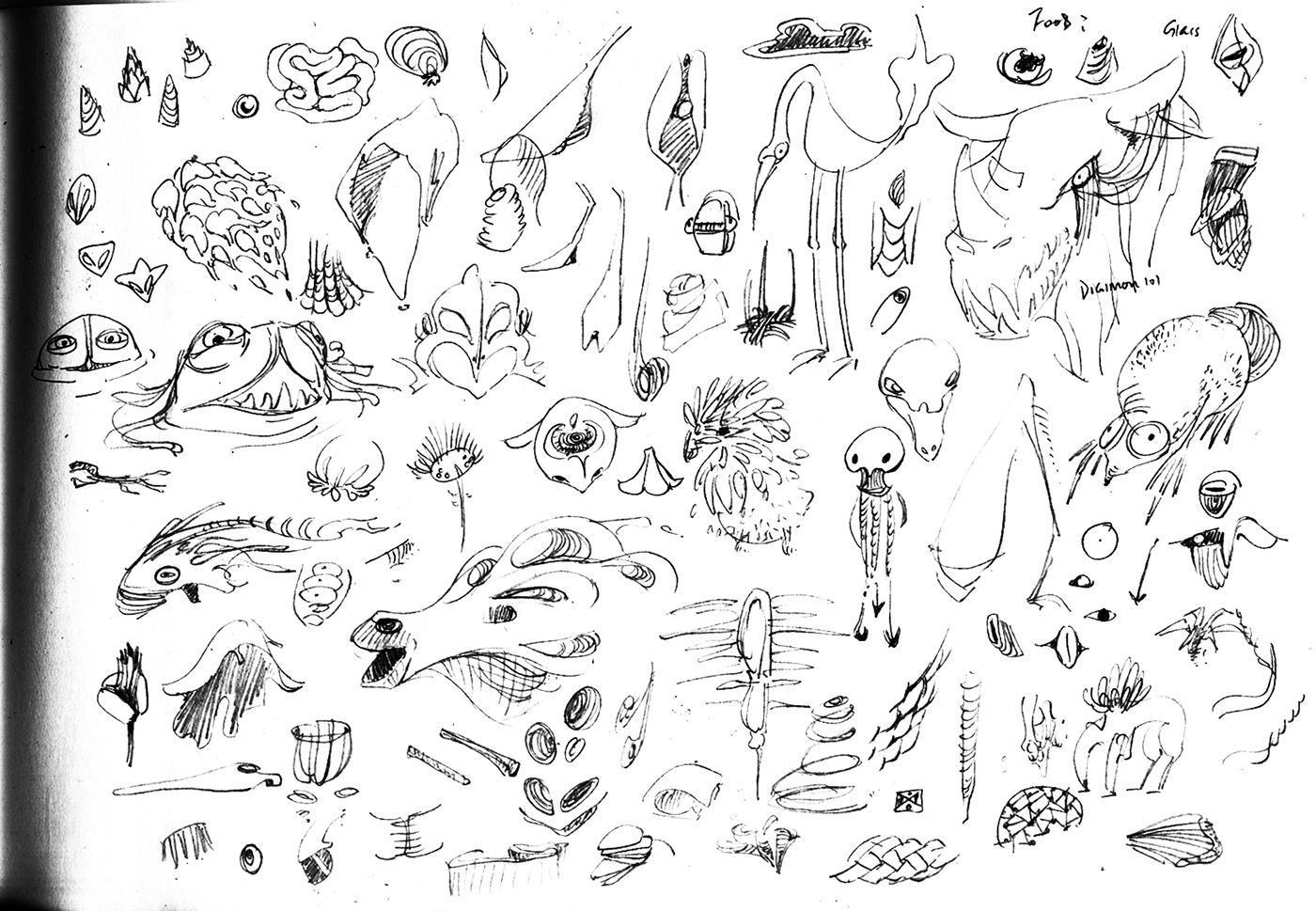
Dr. K. Wong, Laboratory of Geobiological Discovery










